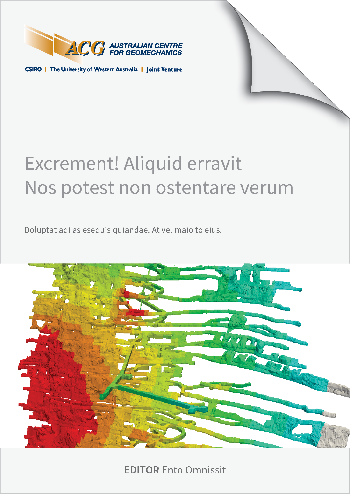Tremors in cave mining

|
Authors: Birch, DJ; Malovichko, D |
DOI https://doi.org/10.36487/ACG_repo/2435_C-05
Cite As:
Birch, DJ & Malovichko, D 2024, 'Tremors in cave mining', in Daniel Johansson & Håkan Schunnesson (eds), MassMin 2024: Proceedings of the International Conference & Exhibition on Mass Mining, Luleå University of Technology, Luleå, pp. 367-372, https://doi.org/10.36487/ACG_repo/2435_C-05
Abstract:
Monitoring cave propagation is a key operational objective in cave mining. Common approaches are based on borehole observations and seismic monitoring data constrained by a height of draw assessment. Conventional seismic monitoring data characterises the stress-driven processes (episodes of brittle failure on the external boundary of the cave yield zone). Sometimes there is an over-reliance on numerical models and/or an under-utilisation of available seismic data where assumptions about the rock mass may lead to an oversimplification of the problem and inevitably bias results towards an adopted mental picture of the caving process. A new type of data is observed at caving mines (tremors), which is likely related to gravity-driven processes – deformation near the internal boundary of the cave yield zone or sudden movement of rocks within the cave. Routine seismic data processing for mines has evolved in recent years to include pick-less methods in the overall workflow. As a result, the processing of tremors has recently become a routine practice, which provides extra information to help understand the state of the cave. The aim of the paper is to present a new type of seismic monitoring data, discuss the challenges regards to processing and consider potential applications for mass mining operations.
© Copyright 2025, Australian Centre for Geomechanics (ACG), The University of Western Australia. All rights reserved.
View copyright/legal information
Please direct any queries or error reports to repository-acg@uwa.edu.au
View copyright/legal information
Please direct any queries or error reports to repository-acg@uwa.edu.au